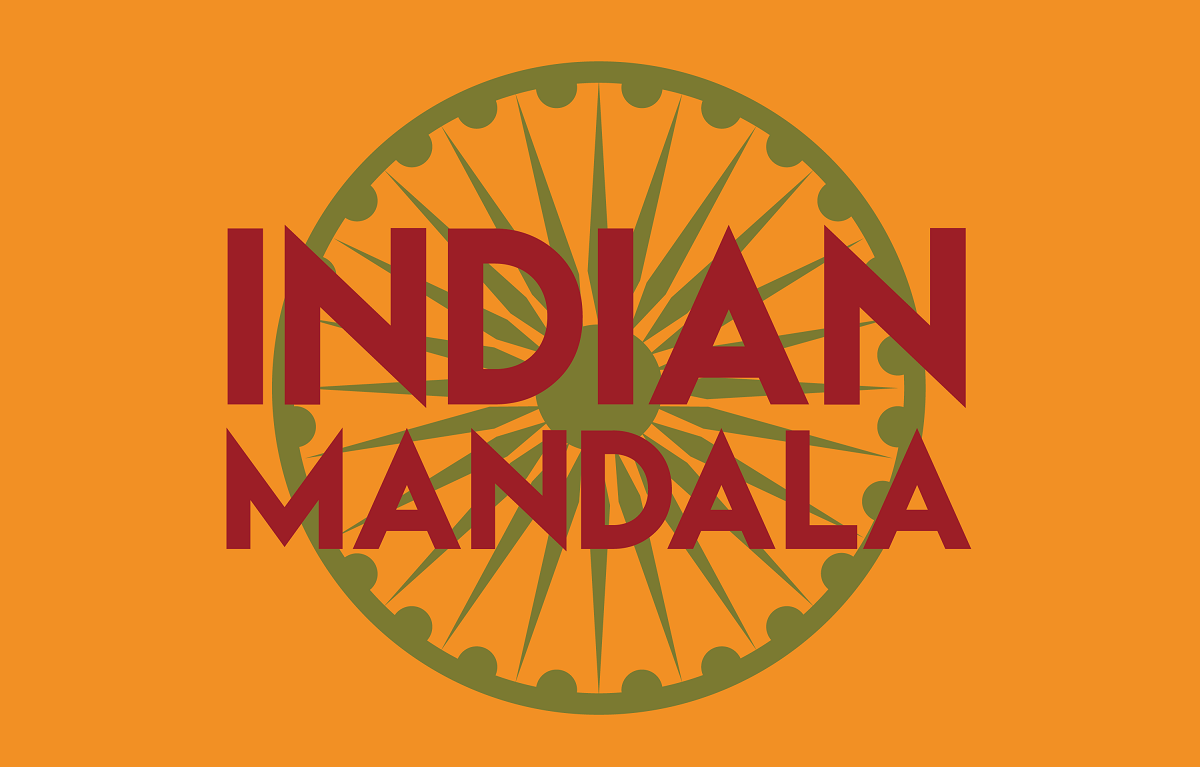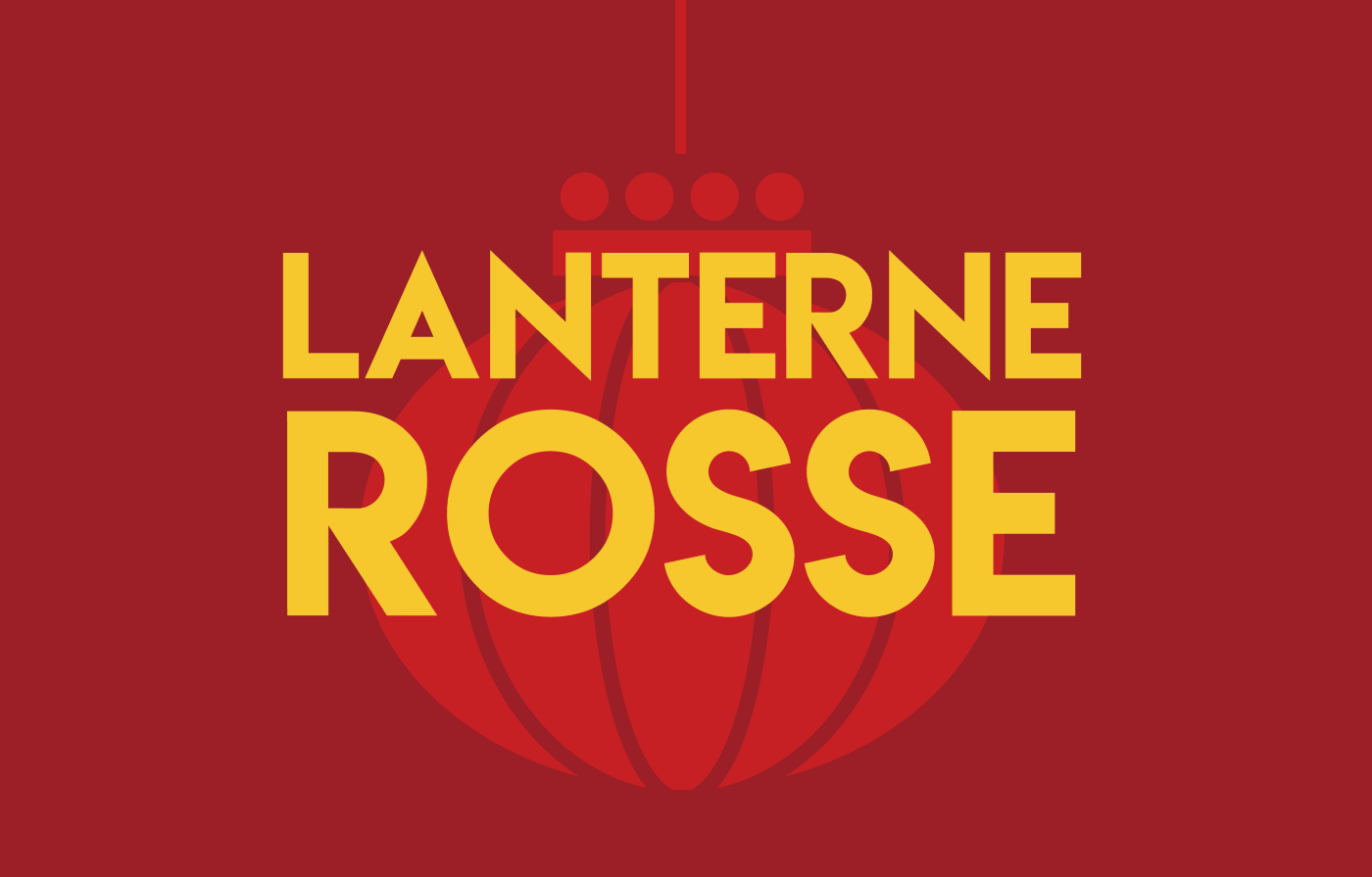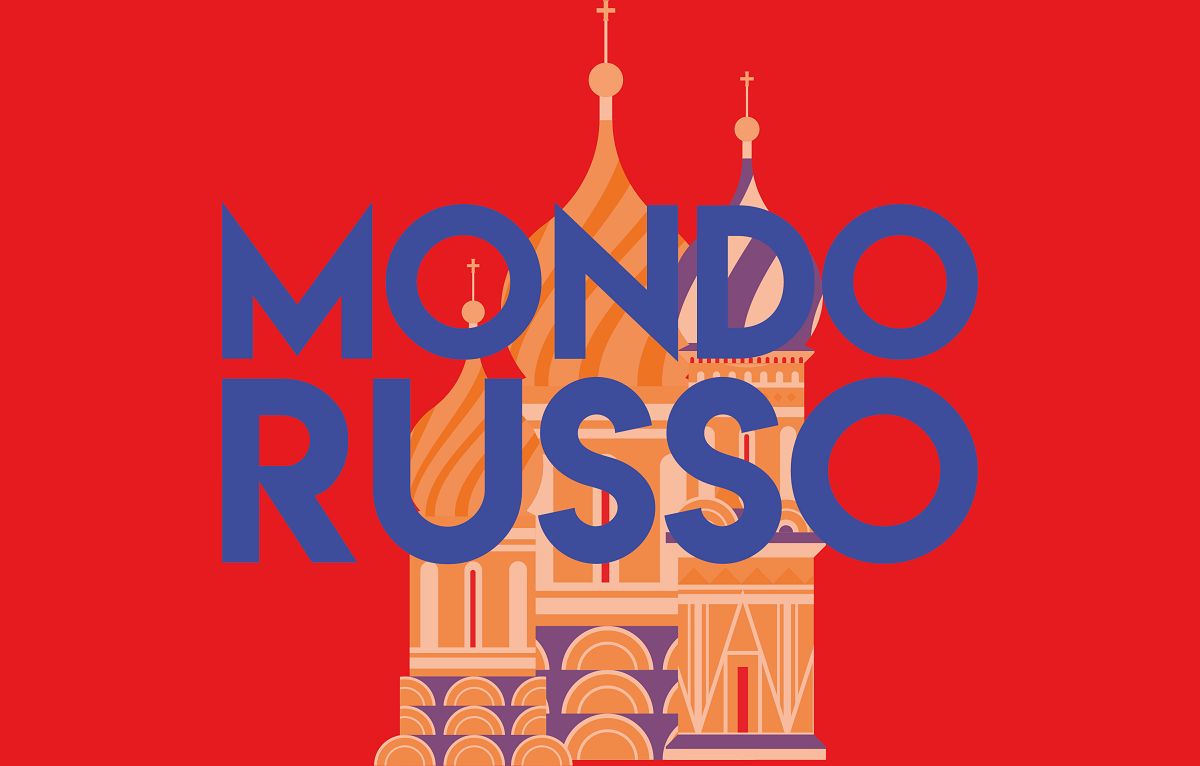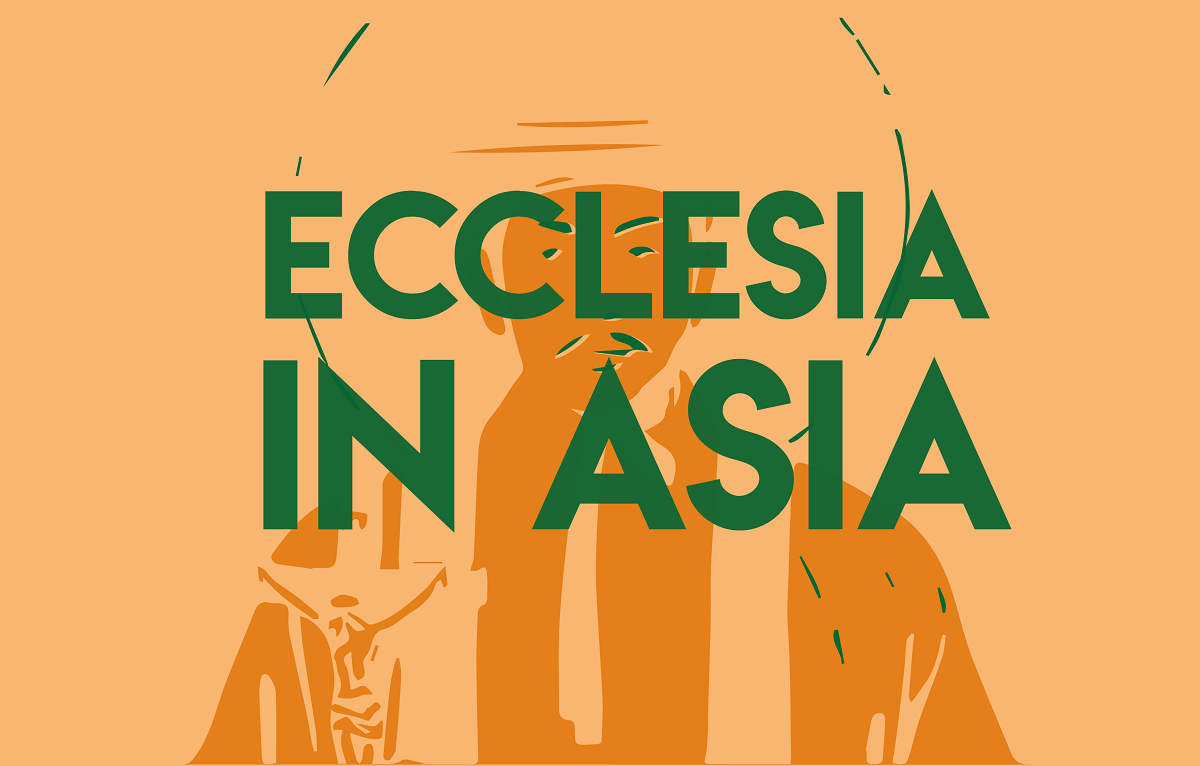India-US deal on weapons, energy and migrants, but New Delhi's 'balancing act' at risk
To avoid new tariffs from the US, India has promised to buy more US weapons, oil and gas, as well as crack down on illegal immigration. New Delhi is, however, in a delicate position due to a slowing economy and delicate relations with other countries. Meanwhile, hundreds of Indian migrants have been deported from the US, something the Modi government has not yet commented on.
New Delhi (AsiaNews) – To avoid US tariffs, India has promised to buy more US weapons, gas and oil and to fight illegal immigration, following Indian Prime Minister Narendra Modi’s visit to Washington last week. This, however, complicates India’s position towards its US ally.
Shortly before the meeting between the prime minister and President Donald Trump, on 13 February, the US leader asked his team of economic experts to draw up a list of tariffs to impose on all countries (allied or not) if they impose tariffs on US goods.
Despite the warm relationship Modi and Trump developed during the US president's first term, the US leader called India a “great abuser” a few hours before the meeting, accusing the Asian nation of limiting the flow of American goods in its markets.
More recently, Trump also said that it would be "unfair" to the United States if Elon Musk's Tesla built factories in India to get around tariffs.
The announcement of a 25 per cent tariff on all aluminium and steel imports already set off alarm bells in India before the two leaders met. For the Indian Steel Association, tariffs on steel can be “expected to slash exports to the US by 85” per cent.
To prevent further punitive action, India reduced its tariffs on several goods, including Harley-Davidson motorcycles and bourbon whisky.
“Prime Minister Modi recently announced the reductions to India's unfair, very strong tariffs that limit us access to the Indian market, very strongly," Trump said. "And really it's a big problem I must say."
At the end of last week’s meeting, Modi and Trump said they had agreed to work towards a trade deal to resolve the tariff issue. For the Indian Foreign Minister, Vikram Misri, the agreement could be reached by this fall, seven months from now.
To avoid economic retaliation, India is committed to increasing purchases of military equipment by several "billions of dollars", Trump said during the joint press conference with Modi.
Washington also wants to become India’s "number one supplier" of oil and gas. Hitherto, the country has relied on energy from Russia in recent years.
“One thing that I deeply appreciate, and I learn from President Trump, is that he keeps the national interest supreme," Modi said at a press conference.
Trump's goal is to reduce the US’s trade deficit with India, which now stands to US$ 45.6 billion.
According to the various proposals, India could buy goods worth US$ 500 billion by 2030 from the United States, double the current level.
India's energy imports from the United States could increase to US$ 25 billion in the near future, up from US$ 15 billion last year, Misri told reporters.
For India, this is not an easy to do because it means giving up the traditional policy of non-alignment that it has maintained so far.
On the other hand, New Delhi has been moving in a "multipolar" world order for some time and Trump's decision to end the war in Ukraine, by supporting Russia, could end up benefiting India, experts say.
For some economists, India will try for the time being to do everything possible to manage the situation, especially considering that domestic growth has been slowing for months and markets have become more volatile.
Shortly before Modi's visit to Washington, the value of the rupee plummeted and was stabilised only thanks to the intervention of the Reserve Bank of India.
The real problem, according to experts, will be whether reciprocal tariffs will hit individual goods and sectors or be imposed across the board.
For example, India has a 25 per cent tariff on textiles and clothing imported from the United States, while the similar US tax on Indian imports is 10 per cent.
A sharp increase could cause real damage to a sector that accounts for a tenth of India's exports to the United States and provides many jobs in India.
Other sectors with a wide tariff gap include foodstuffs, chemicals and electronic and transport equipment.
The export of products that form the backbone of Indian manufacturing could significantly reduce, causing serious problems in terms of jobs if they were subject to high reciprocal tariffs.
Meanwhile, hundreds of Indian migrants have been deported from the United States. On 5 February, more than 100 people were flown back to India on a military plane, an operation that was repeated in the days following Modi's visit to Washington.
The images of handcuffed passengers sparked great anger and indignation in Indian public opinion, but the government did not comment.
Instead, even though most migrants come from the state of Gujarat (Modi's electoral stronghold), the repatriated citizens were landed in Punjab, a state administered by the Indian National Congress, the main opposition party.
Other Indian migrants were instead taken in by Central American countries, in particular Panama.
A few days ago, Costa Rica also announced that it had accepted a plane from the United States, explaining that Indian citizens will remain in migrant centres awaiting repatriation.
INDIAN MANDALA IS THE ASIANEWS NEWSLETTER DEDICATED TO INDIA. WOULD YOU LIKE TO RECEIVE IT EVERY FRIDAY? TO SUBSCRIBE, CLICK HERE.







.png)










